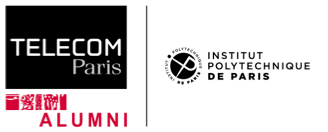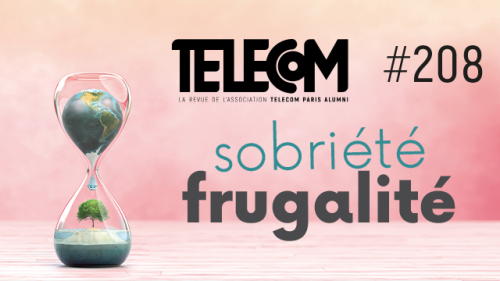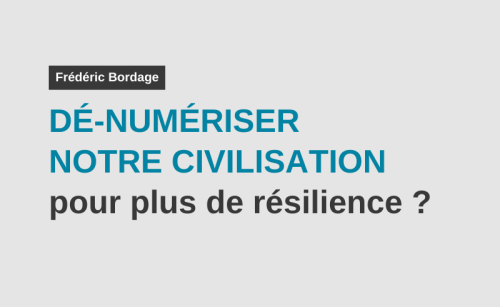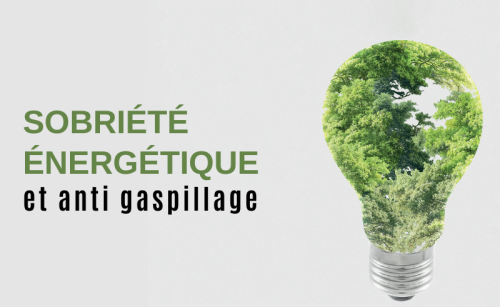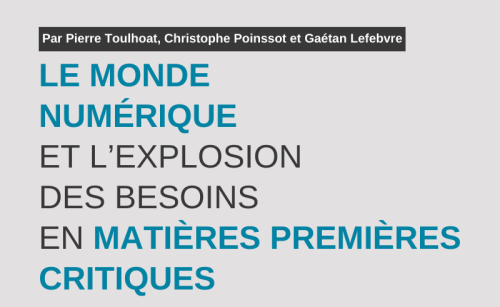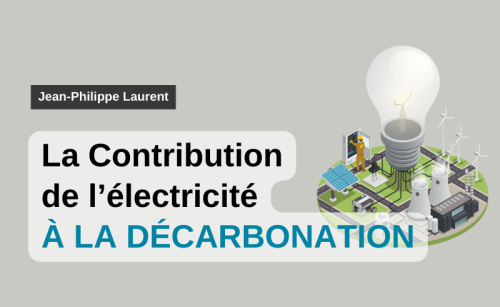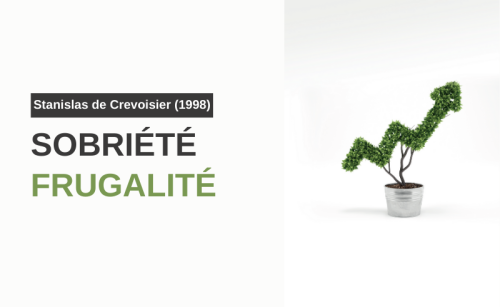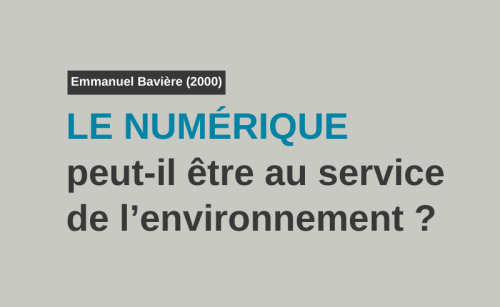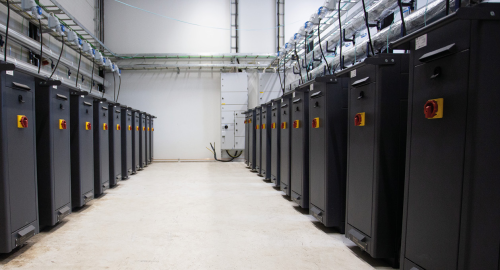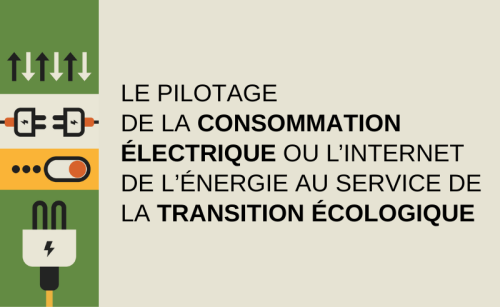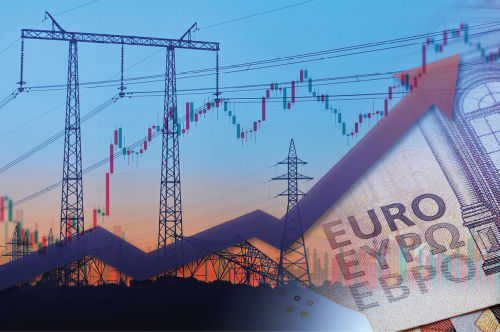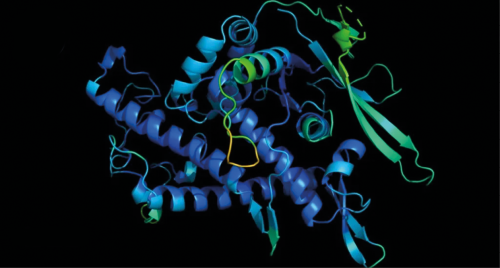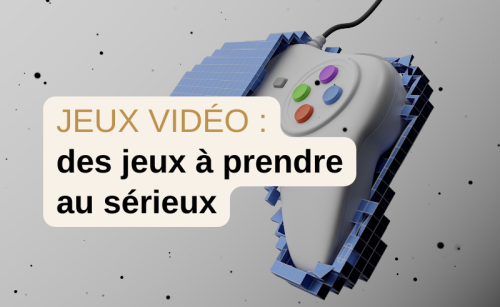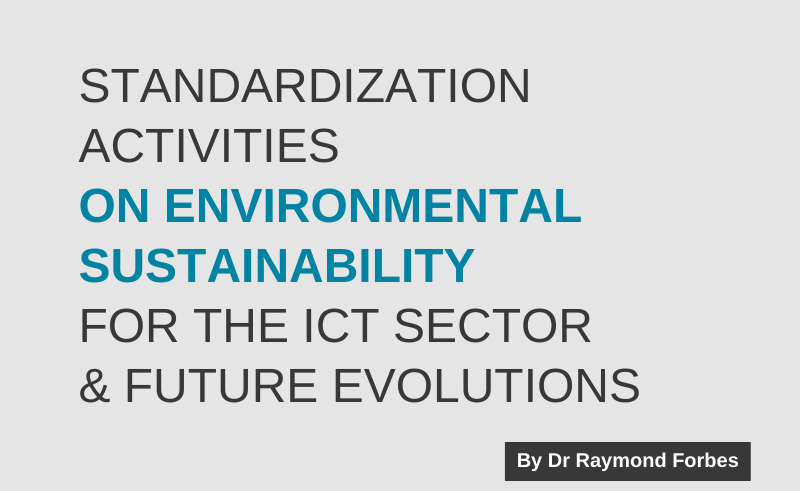
Standardization Activities on Environmental Sustainability for the ICT Sector & future evolutions
Introduction
The work in Standardisation requires collaboration between industry players, some on a global scale, Some manufacturers of equipment, some operators of services research institutes, governments and government agencies. The aim is that by collaborating they answer a human, societal, and globally identified need and profit from economies of scale, compliance, and better end-to-end global services.
Two among a multitude of standard organisations existing around the world will be considered in this paper: The International Telecommunication Union (ITU) with headquarters in Geneva and ETSI (European Telecom Standard Institute) in Sophia-Antipolis near Nice.
Writing standards requires creativity, identification of needs and invention. Standards take time to influence the everyday world. Many ideas developed 10-20 years ago are becoming common place in modern society. ICT (including Computers Internet, Communication, Broadcasting, Media, and Telecoms) are a saver of resources and of electrical power. As IT and Communications has grown exponentially, ICT is now a significant consumer of electricity and resources. ICT has been constantly endeavouring to minimize its impact on global resources.
For example, Data centers and Bitcoin mining once unheard of are now a significant user of power. ETSI has an Industry specification group on Data processing and the use of Artificial intelligence (AI), which has studied using AI to turn off data centre resources when not required. IoT (internet of things) has developed devices answering the common need of power in the city and home. There is IoT to control power consumption in most modern washing machines and dishwashers. ICT standards are controlling and reducing power use and ICT’s own power use using AI.
There are many examples where the move from 2G GSM mobile antennas to 4-5G mobile network reduces the power on the antenna masts. Increasing human safety. The work in the ITU-T agency started in 2013 and is continuing today.
Two examples are now presented, related to sustainability and power consumption reduction in ICT domain.
ITU’s Activities on Environmental Sustainability
It is aimed here to highlight the main recommendations from the ITU-T on sustainability, with L.1000 Recommendation providing requirements for a universal power adapter and charger solution for mobile terminals and other ICT hand-held devices. It has been extended with Rec. L.1001 for stationary ICT devices.
Work started in 2013 in ITU Study Group 5 at ITU and has reduced the number of power adapters and chargers produced and recycled by widening...
